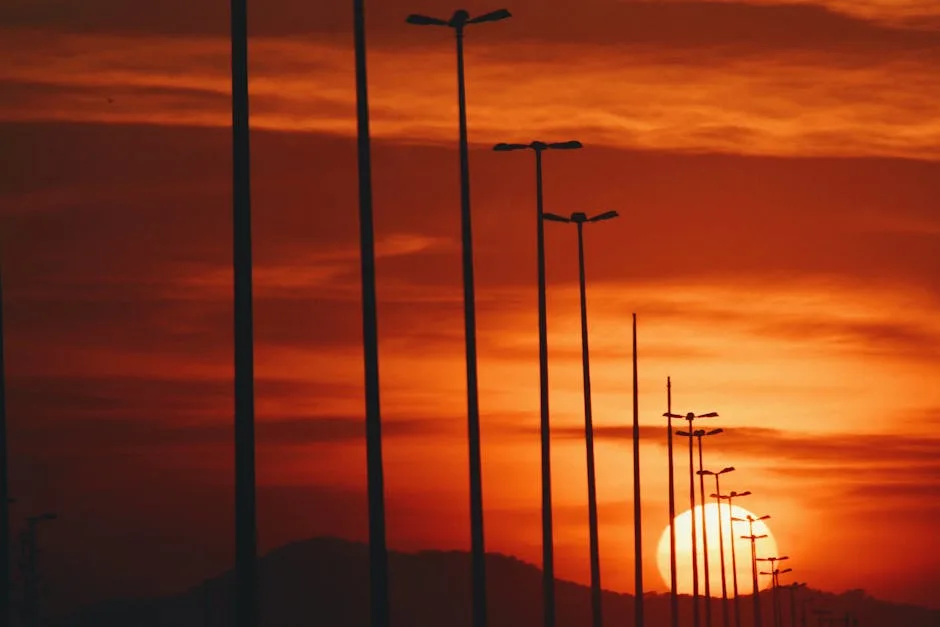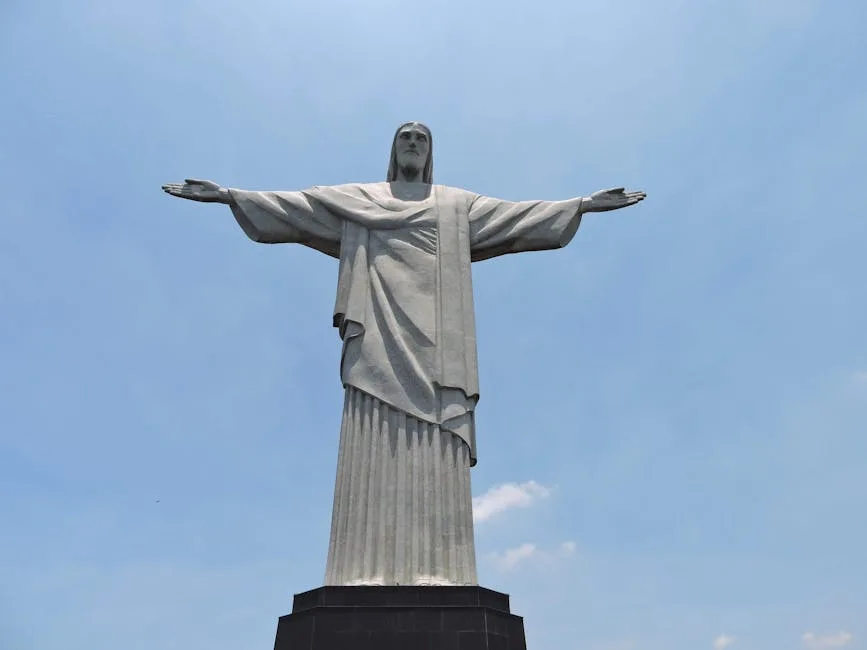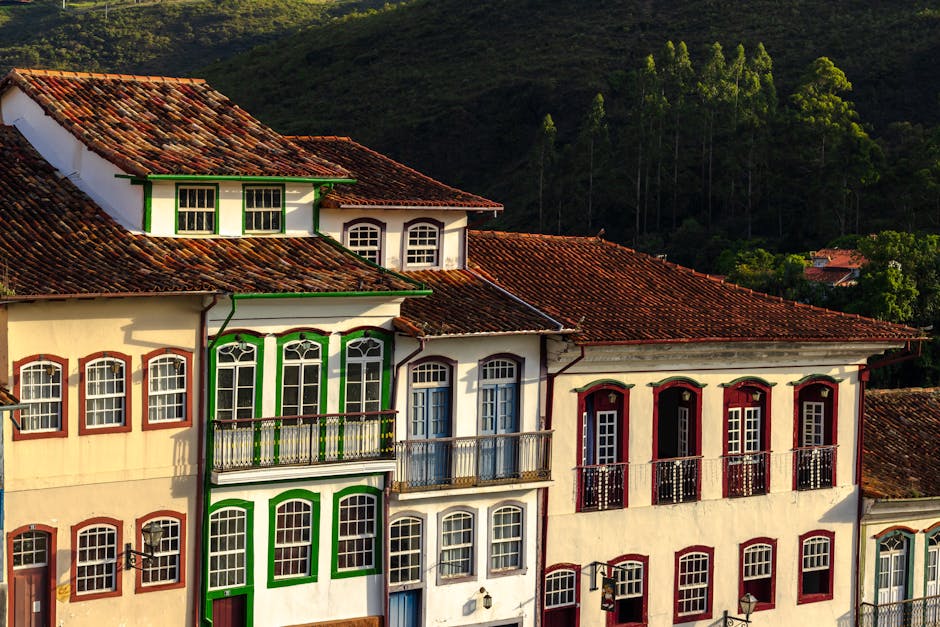- So, You're Dreaming of Brazil? Let's Talk Timing!
- A Quick Look at Brazil's Climate Regions
- Brazil Through the Seasons: A Deeper Dive
- Summer (December to March): The Big Party
- Fall (April to June): The Sweet Spot
- Winter (July to September): The Wildlife Wonderland
- Spring (October to November): The Calm Before the Storm
- Planning Your Trip Around Your Passions
- For the Beach Bums & Sun Worshippers
- For the Wildlife Watchers
- For the Adventurers & Hikers
- For the Culture & Carnival Lovers
- A Quick Note on Iguazu Falls
- Navigating High and Low Seasons
So, You’re Dreaming of Brazil? Let’s Talk Timing!
Ah, brazil. The name alone conjures up images of samba-filled streets, sprawling golden beaches, and the untamed wilderness of the Amazon. It’s a country so massive and diverse that planning a trip can feel a little overwhelming. One of the biggest questions we hear is, “When is the best time to go?” The honest answer? It completely depends on what you want to see and do!
Unlike a smaller destination, Brazil doesn’t have one single “best season.” Its sheer size means you can find tropical heat, dry plains, and even chilly winter days all at the same time in different parts of the country. This guide is here to help you unravel the seasons, match your travel dreams to the right month, and plan the adventure of a lifetime.
First thing to remember: Brazil is in the Southern Hemisphere. This means its seasons are the opposite of those in North America and Europe. When they’re bundling up for winter, Brazilians are hitting the beach for summer!
A Quick Look at Brazil’s Climate Regions
To really nail down your timing, it helps to think of Brazil not as one country, but as several distinct climate zones. The weather in Rio can be completely different from the weather in the Amazon on the same day.
- The Southeast (Rio de Janeiro, São Paulo, Minas Gerais): This is probably the Brazil you picture first. Summers (December-March) are hot, steamy, and come with tropical downpours. Winters (June-August) are mild, sunny, and much drier, making it a great time for sightseeing.
- The Northeast (Salvador, Recife, Fortaleza): This region is hot and sunny pretty much year-round, especially along the coast. The main difference is the rain. The rainy season typically runs from April to July, but even then, it’s often short, intense bursts followed by sunshine.
- The Amazon (North): Hot, humid, and rainy is the name of the game here. There are two main seasons: the “wet” season (December-May) and the “drier” season (June-November). Both offer unique experiences, which we’ll get into later!
- The Pantanal (Central-West): The world’s largest tropical wetland has a very distinct wet season (November-March) and dry season (April-October). Your timing here is crucial for wildlife viewing.
- The South (Florianópolis, Foz do Iguaçu): This region experiences more defined seasons, much like in North America. Summers are hot, and winters can get genuinely cold, sometimes even dropping to freezing temperatures.
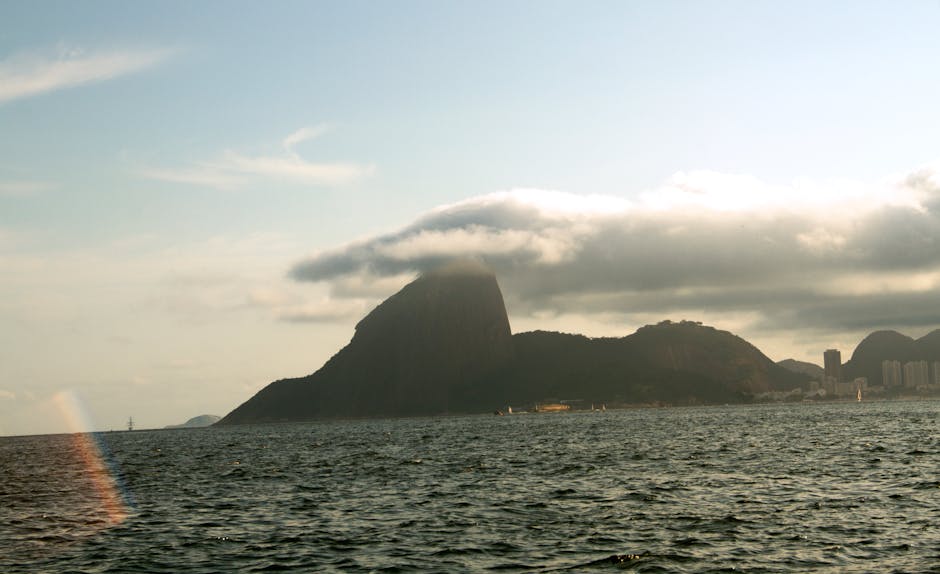
Brazil Through the Seasons: A Deeper Dive
Let’s break down the year to see what each season brings to the table across the country. This will help you decide if you’re looking for a Carnival party, a quiet nature escape, or something in between.
Summer (December to March): The Big Party
This is Brazil’s high season, and for good reason! The energy is electric. This period includes Christmas, New Year’s Eve (known as Réveillon), and the main event: Carnival. The weather is hot and humid, especially in Rio and the Northeast, with frequent but often short-lived rain showers. It’s prime time for hitting the beach and soaking up the festive atmosphere.
- What’s Great: The non-stop party atmosphere. If you’re coming for Carnival (usually in February or early March), this is your only window. The weather is perfect for beach-hopping and enjoying a caipirinha by the sea.
- Keep in Mind: This is the most crowded and expensive time to visit. Flights and accommodation are at their peak prices, and you’ll need to book months (or even a year) in advance for Carnival. The heat can be intense, and the humidity is no joke.
Fall (April to June): The Sweet Spot
Many experienced travelers consider this the golden time to visit Brazil. The intense summer crowds have dispersed, the rains have started to subside in the Southeast, and temperatures are beautifully warm and pleasant. Prices for flights and hotels drop from their summer highs, offering great value.
- What’s Great: Gorgeous weather in places like Rio and São Paulo. It’s an ideal time for exploring cities and hiking in national parks. The Northeast is still warm, and the holiday crowds are gone. In the Pantanal, the dry season is just beginning, making it a good time for wildlife spotting.
- Keep in Mind: This is the start of the rainy season in the Northeast (especially May and June), so you might face more overcast days in Salvador or Recife.
Winter (July to September): The Wildlife Wonderland
Don’t let the word “winter” scare you. In most of Brazil, it just means milder, drier weather. Rio enjoys sunny days perfect for sightseeing without the oppressive summer humidity. But the real stars of this season are the Pantanal and the Amazon.
- What’s Great: This is *the* peak season for wildlife viewing in the Pantanal. As the wetlands dry up, animals congregate around the remaining water sources, making jaguars, capybaras, and caimans easier to spot. The Amazon is in its drier season, which means fewer mosquitos and more accessible hiking trails.
- Keep in Mind: The South of Brazil can be quite cold. If you’re visiting Florianópolis or Iguazu Falls, pack a jacket. July is a school holiday month in Brazil, so expect domestic travel to be busier and a bit pricier.
Spring (October to November): The Calm Before the Storm
Much like fall, spring is a fantastic shoulder season. The weather is heating back up, but the peak summer humidity and crowds haven’t arrived yet. It’s a beautiful time of year, with jacaranda trees blooming in many cities. It’s a great all-rounder season, offering a good balance for almost any itinerary.
- What’s Great: Pleasant temperatures across most of the country. You can still catch the end of the prime wildlife season in the Pantanal. It’s a great time for Iguazu Falls, as the water levels are still impressive and the weather is warm.
- Keep in Mind: The rains begin to pick up in the Amazon and the Pantanal toward the end of this period, marking the transition to the wet season.
Planning Your Trip Around Your Passions
The best time to visit really boils down to what you want to experience. Let’s match your travel style to the calendar.
For the Beach Bums & Sun Worshippers
If your dream is to relax on the iconic sands of Copacabana or explore the stunning coastline of the Northeast, your best bet is from September to March. While summer (Dec-Mar) is the hottest, it’s also the busiest. For a more relaxed vibe with great weather, aim for the shoulder months of September, October, November, or April.
For the Wildlife Watchers
This is where timing is absolutely critical.
- The Pantanal: The dry season from July to October is hands-down the best time. The landscape is more open, and the concentration of wildlife is simply staggering. This is your prime window for jaguar-spotting tours.
- The Amazon: It’s a tale of two seasons. The drier season (June to November) is better for hiking and spotting monkeys and birds. The wet season (December to May) is when the rivers are high, allowing you to explore the flooded forest (igapós) by canoe, offering a totally different and magical perspective.
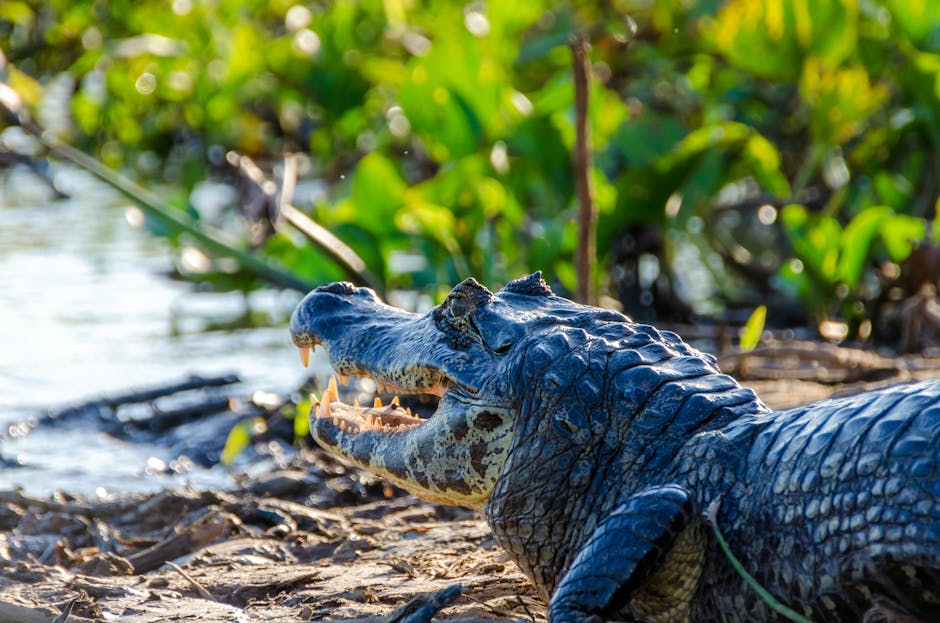
For the Adventurers & Hikers
If you’re planning to hike in national parks like Chapada Diamantina or Lençóis Maranhenses, the drier months are your friend. Aim for April through September. The trails are in better condition, and the cooler, less humid weather makes for much more comfortable trekking.
For the Culture & Carnival Lovers
There’s only one time for Carnival: the days leading up to Ash Wednesday, which usually falls in February or early March. Book everything far in advance! For other cultural experiences, like Salvador’s vibrant Afro-Brazilian scene, the shoulder seasons (Apr-Jun, Sep-Nov) are perfect for exploring the city comfortably.
A Quick Note on Iguazu Falls
This natural wonder deserves its own mention. The falls are most powerful during the rainy summer months (December to February), which is a spectacular sight. However, the trade-off can be overcast skies and trails that are sometimes closed due to the high water volume. For clearer skies, better photos, and more pleasant weather, consider visiting during the drier months of April to June. The water flow is slightly reduced, but the panoramic views are often better.
Navigating High and Low Seasons
Finally, a quick word on budget and crowds.
- High Season (December-March, July): Expect a vibrant, festive atmosphere, but also be prepared for higher prices on everything from flights to caipirinhas. Popular spots will be crowded.
- Shoulder Seasons (April-June, September-November): These months offer the best of both worlds. You’ll find lower prices, fewer people, and generally fantastic weather. This is the sweet spot for many travelers.
No matter when you decide to go, Brazil is a country that will capture your heart. By aligning your trip with the right season for your interests, you’re setting yourself up for an unforgettable journey filled with incredible sights, sounds, and experiences.

